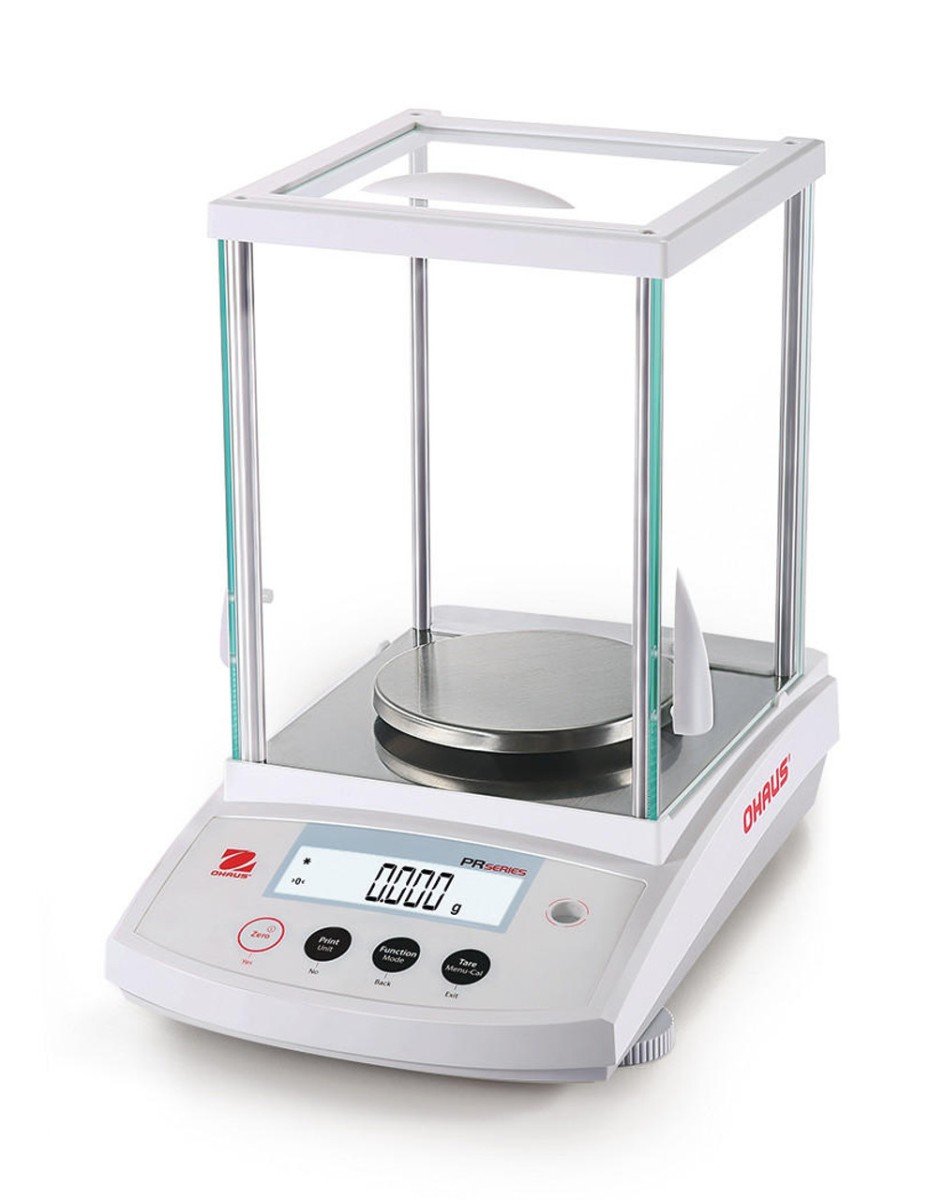When diving into the world of analytical balances, it’s important to understand what makes them different from regular scales. Analytical balances are specialized tools designed to give you highly accurate measurements, often to the nearest 0.0001 grams. This level of precision is crucial for laboratories, research, and industries where even the smallest weight differences can impact results.
One of the standout features of analytical balances is their draft shield. This protective enclosure helps prevent air currents from interfering with your measurements, ensuring you get the most accurate results possible. If you’ve ever struggled with wind from an air conditioner or even a slight movement in the room, you’ll know how vital this feature can be!
Another significant aspect of analytical balances is their sensitivity. They are built to detect even the tiniest changes in weight. This is where the analytical balance review comes into play — understanding how sensitive and responsive the model is can help you gauge whether it fits your needs. Whether you’re weighing chemicals for a reaction or preparing samples, a good analytical balance should feel intuitive and straightforward to use.
Lastly, consider the ease of calibration. Many modern analytical balances come with automatic calibration features, allowing for adjustments without hassle. Regular and accurate calibration can save you time and maintain your balance's performance, so it's a key feature to think about in your analytical balance review. Look for options with user-friendly interfaces and clear instructions to make your measuring experience as smooth as possible.
Key Features to Consider
When diving into our analytical balance review, it's important to highlight a few key features that you should keep an eye on. These features can really help you determine which model is right for your needs and ensure you get the best bang for your buck.
Precision and Accuracy: First and foremost, you want an analytical balance that delivers precise measurements. Look for models with a high readability level (at least 0.0001 g) to ensure that even the smallest weight can be accurately measured. This is particularly important if you're working on experiments that require stringent accuracy.
Capacity: Every analytical balance has a maximum capacity limit. Make sure to choose one that can handle the weights you plan to measure. If you often work with heavier samples, look for options with a higher capacity, so you won't have to worry about overloading the balance.
Calibration Features: Regular calibration is key to maintaining accuracy. Some balances come with built-in calibrators that make the process easy. This can save time and ensure your measurements remain consistently reliable.
Ease of Use: A user-friendly interface is a game-changer. Touchscreens and intuitive controls can simplify your experience, especially if you're balancing multiple samples or working in a fast-paced environment. Look for models that offer easy navigation to enhance your overall workflow.
Benefits of Using Analytical Balances
When it comes to precision in the lab, an analytical balance is a game changer. These balances are designed to give you accurate measurements, which is crucial whether you’re in a research facility, a pharmaceutical company, or even a school lab. Unlike regular balances, analytical balances can measure down to the milligram or even microgram level. This means you can trust that your results are spot on.
One of the biggest benefits of using an analytical balance is its ability to minimize errors. They often come with features like draft shields to prevent air currents from affecting the weights. This makes them perfect for sensitive experiments where every tiny change can make a difference. If you’ve ever struggled with fluctuating readings on a standard scale, you’ll appreciate how steady and reliable an analytical balance can be.
Another advantage is user-friendliness. Many modern analytical balances have intuitive interfaces and digital displays that make them easy to use. You don’t need to be a tech wizard to get the hang of it. Plus, they often include built-in features like tare functions and error alerts, which help simplify the weighing process. A quick glance at the analytical balance review, and you'll see just how user-friendly they can be!
Finally, many analytical balances are compact and designed to take up minimal space. This is a significant consideration when space is at a premium in a lab. With a variety of models available, you can find one that fits your specific needs without cluttering your work area. So, if you’re serious about getting accurate and reliable measurements, investing in an analytical balance is definitely worth considering.
Final Thoughts on Your Purchase
When diving into the world of precision weighing, it's essential to consider your specific needs. An analytical balance can be an incredible tool if you're working with small quantities and require high accuracy. Our analytical balance review highlights a range of models that cater to different budgets and functionalities. This means you can find something that fits perfectly into your workflow.
Think about how often you'll be using the balance and what you'll be weighing. Are you a student needing it for lab experiments, or a professional in a research setting? The answer to these questions can help guide your choice. Some balances come with user-friendly interfaces, while others offer more advanced features for experienced users.
Another thing to remember is maintenance. Regular calibration and cleaning can keep your analytical balance in top shape. Check the manufacturer's recommendations, as this will save you time and ensure accuracy in your measurements.
Finally, don't forget about warranty and support. Some brands offer better customer service than others. Our analytical balance review points out brands that provide reliable support and easy-to-access resources, which can be a lifesaver down the line.

